- DroidAfrica
- Gadgets
- IIIF150 (F150)
- IIIF150 Air1 Ultra+
IIIF150 Air1 Ultra+
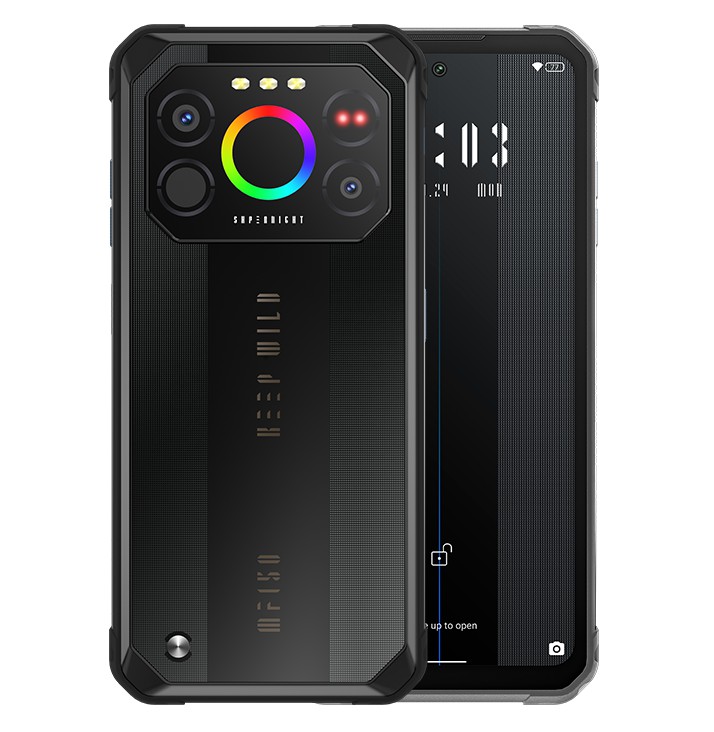
IIIF150 Air1 Ultra+ Highlights and Overview
This is IIIF150 Air1 Ultra Plus, the higher version of the initial Air1 Ultra. It is powered by the same 8-core MediaTek Helio G99 CPU but comes with two camera lenses on the rear, instead of the three sensors found on the standard Ultra model. Also, the battery on the Ultra+ is now increased to 7000mAh instead of the 5000mAh on the non-plus model, but the same 30W fast charger is retained on both models.

So just as mentioned above, the Chipset powering the IIIF150 Air1 Ultra+ is the same MediaTek Helio G99 SoC, clocked at 2.2GHz. The Chipset is integrated with Mali-G57 GPU, and backed by 12GB RAM and either a single 256-Gigs of expandable ROM.
As for the rear camera setup, the primary sensor is a 64-megapixel lens, along with a 24-megapixel night sensor and a dedicated 0.05MP InfiRay ELF3 thermal sensor. The phone has two different sets of LED lights on the rear. These include a triple traditional LED flash, and a circular colorful rhythm light, the purpose of which is not known; probably for fancy.
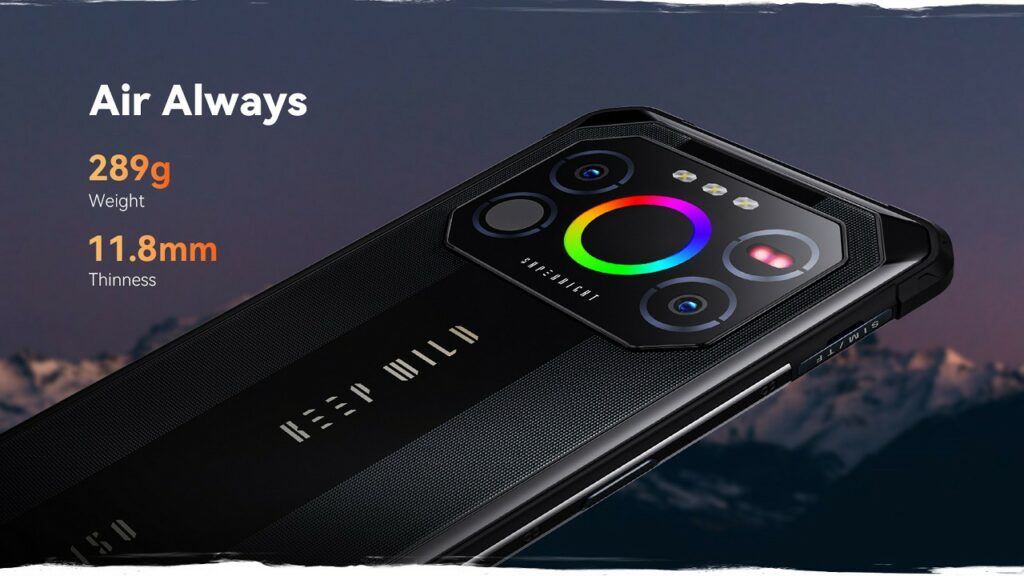
The phone is powered by the aforementioned 7000mAh battery with 30W fast charger. The phone’s body is IP68/IP69K and MLT-STD-810 certified, and it has Corning Gorilla Glass 3 protection on the front. You are also getting sided fingerprint scanner, dual Nano-SIMs and Google’s Android 12 out of the box. The full specifications of IIIF150 Air1 Ultra+ smartphone is contained in the table below..
IIIF150 Air1 Ultra+ Full Specifications and Features
NETWORK
| Technology | GSM / CDMA / HSPA / EVDO / LTE |
| 2G Network Bands | GSM 2(1900), 3(1800), 5(850), 8(900) - SIM 1 and SIM 2 |
| 3G Network Bands | HSDPA 1(2100), 2(1900), 4(1700), 5( 850), 8(900) |
| 4G Network Bands | LTE band 1-5, 7, 8, 12, 13, 17-20, 25, 26, 28, 38, 40, 66 |
| 5G Network Bands | Does not have support for 5G Network |
| Speed | HSPA 42.2/5.76 Mbps, LTE-A |
LAUNCH
| Also Known As |
- - |
BODY
| Dimensions | 170.5 x 82.5 x 15.5 mm |
| Weight | 350 grams |
| Build |
Glass front / - IP68/IP69K - MLT-STD-810 |
| SIM Type | Hybrid Dual SIM (Nano-SIM, dual stand-by) |
DISPLAY
| Display Type | IPS LCD touchscreen / 16M colors / 120Hz / 180 Sampling |
| Size | 6.78-inches, (82.9% screen-to-body ratio) |
| Resolution | 1080 x 2460 pixels, 20.5:9 ratio (396 ppi density) |
PLATFORM
| Operating System | Android 12 |
| Chipset | MediaTek Helio G99 (6 nm) |
| CPU | Octa-core (2x2.2 GHz Cortex-A76 & 6x2.0 GHz Cortex-A55) |
| GPU | Mali-G57 MC2 |
MEMORY
| RAM + ROM | 12GB + 256GB |
| Card Slot | Yes, up to 512GB via microSD card (uses SIM 2 slot) |
MAIN CAMERA
| Camera Type | Double Lenses |
| Camera Sensor(s) |
Main: 64MP, f/1.79, PDAF, Sony IMX686 Night: 20MP, Sony IMX350, night vision (IR illumination) |
| Camera Features | Autofocus / Continuous shooting / Digital zoom / HDR / Night shots / Quad-LED flash |
| Video Resolution | 1080p@30fps |
SELFIE CAMERA
| Camera Type | Single Lens |
| Camera Sensor(s) | 32-megapixel |
| Camera Features | FaceID / Autofocus |
| Video Resolution | 1080p@30fps |
SOUND
| Loudspeaker | Yes |
| Speaker Location | Chin, below display |
| Audio Jack Type | Yes, 3.5mm audio jack, |
CONNECTIVITY
| Bluetooth | Bluetooth 5.0, A2DP, LE |
| NFC | |
| GPS | Yes, with dual-band A-GPS, GLONASS, BDS, GALILEO, QZSS |
| FM Radio | No |
BATTERY
| Battery Capacity | Non-removable Li-Po 7000mAh battery |
OTHER FEATURES
| Sensors | Fingerprint (side-mounted), accelerometer, proximity, compass |
| Box Contents | Charging Brick / USB cable |
IIIF150 Air1 Ultra+ User Reviews and Opinions
Disclaimer Note
This specification was entered manually, hence we CANNOT guarantee 100% accuracy. Any error? Let us know in the comment section.










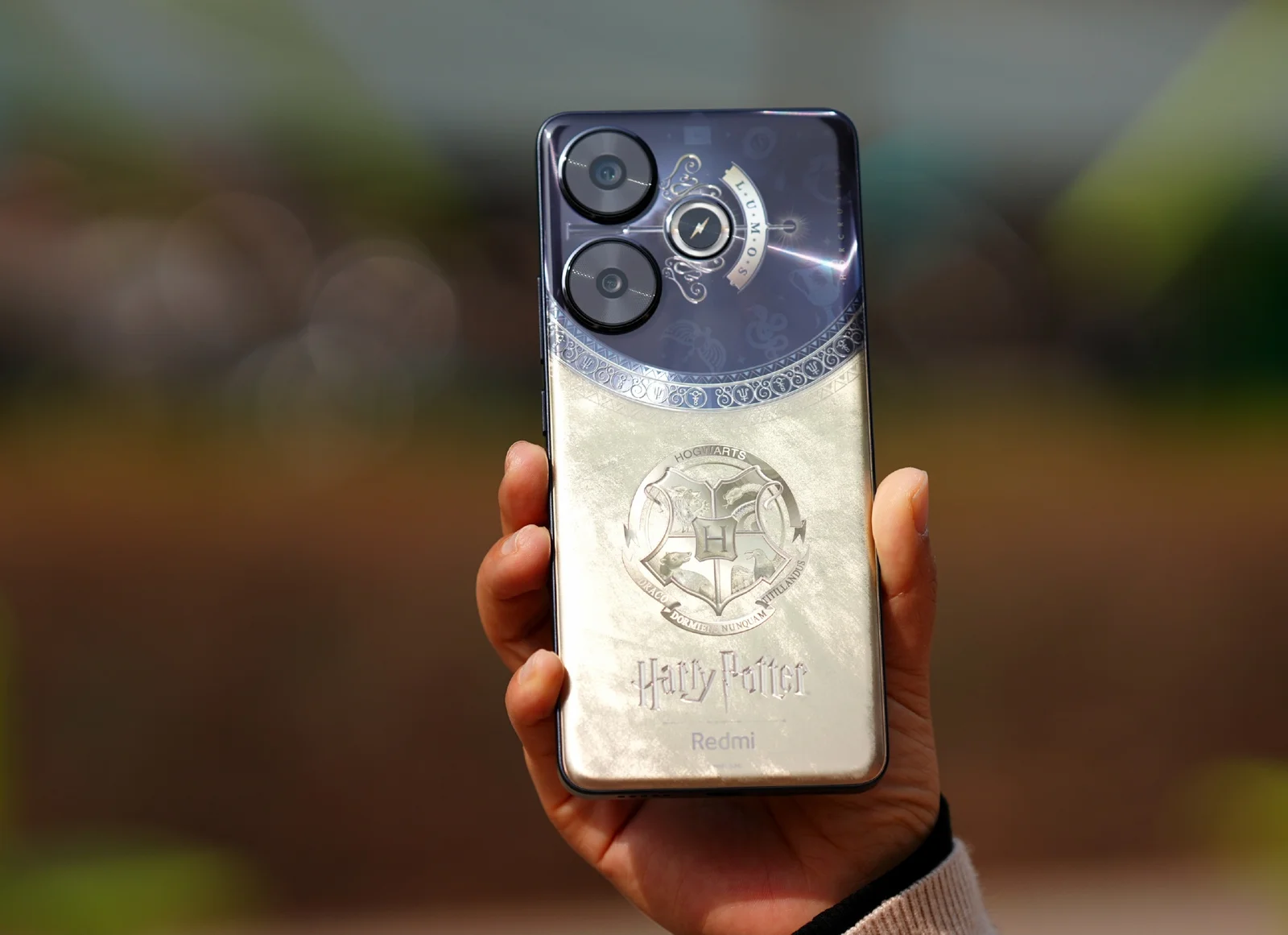
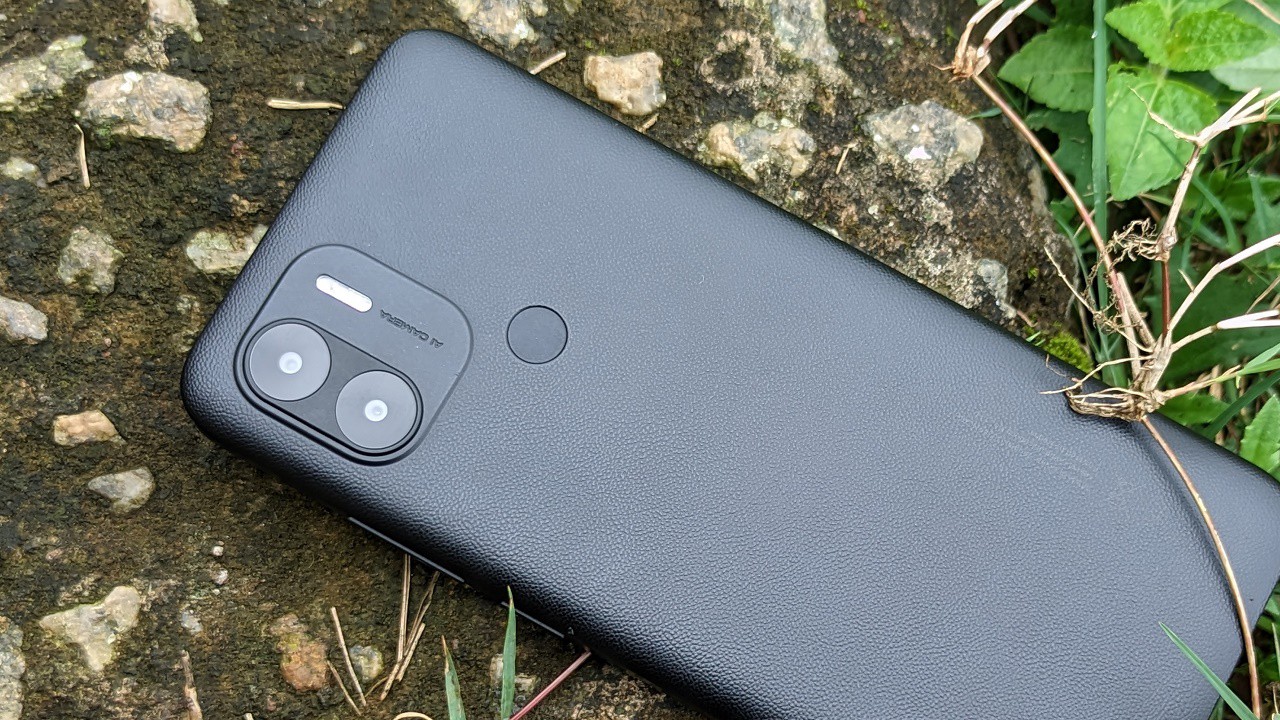
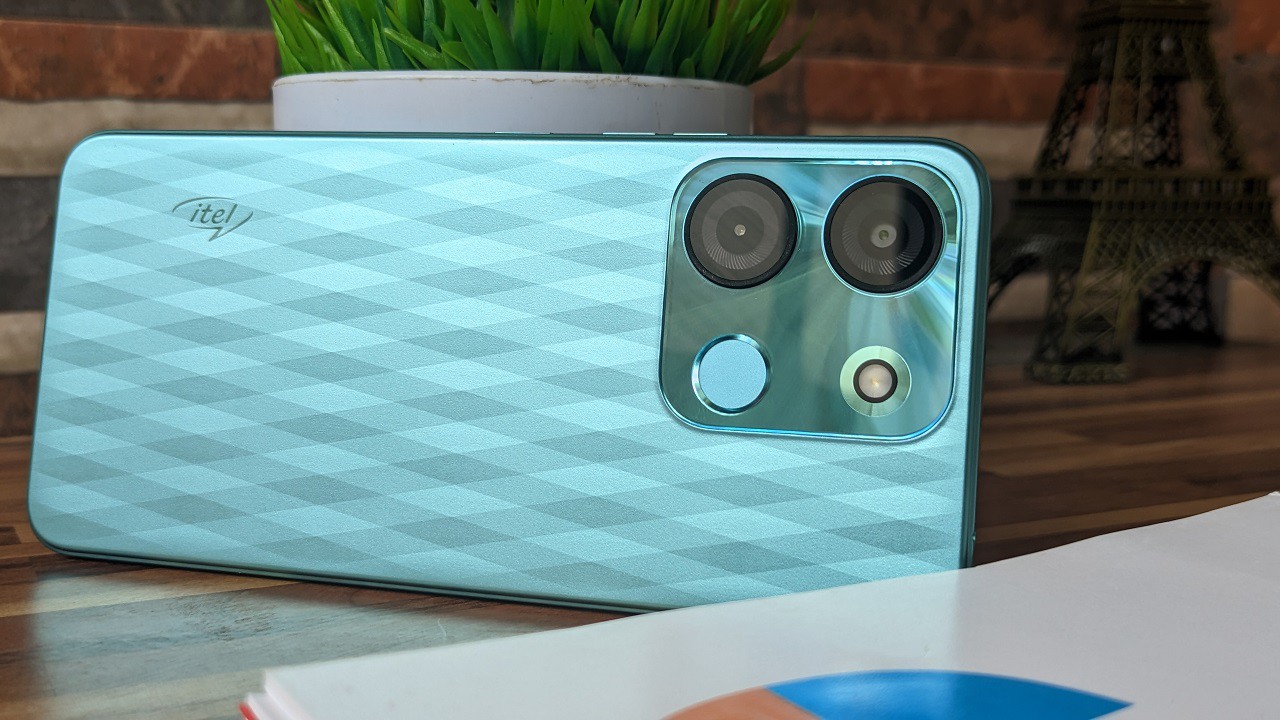
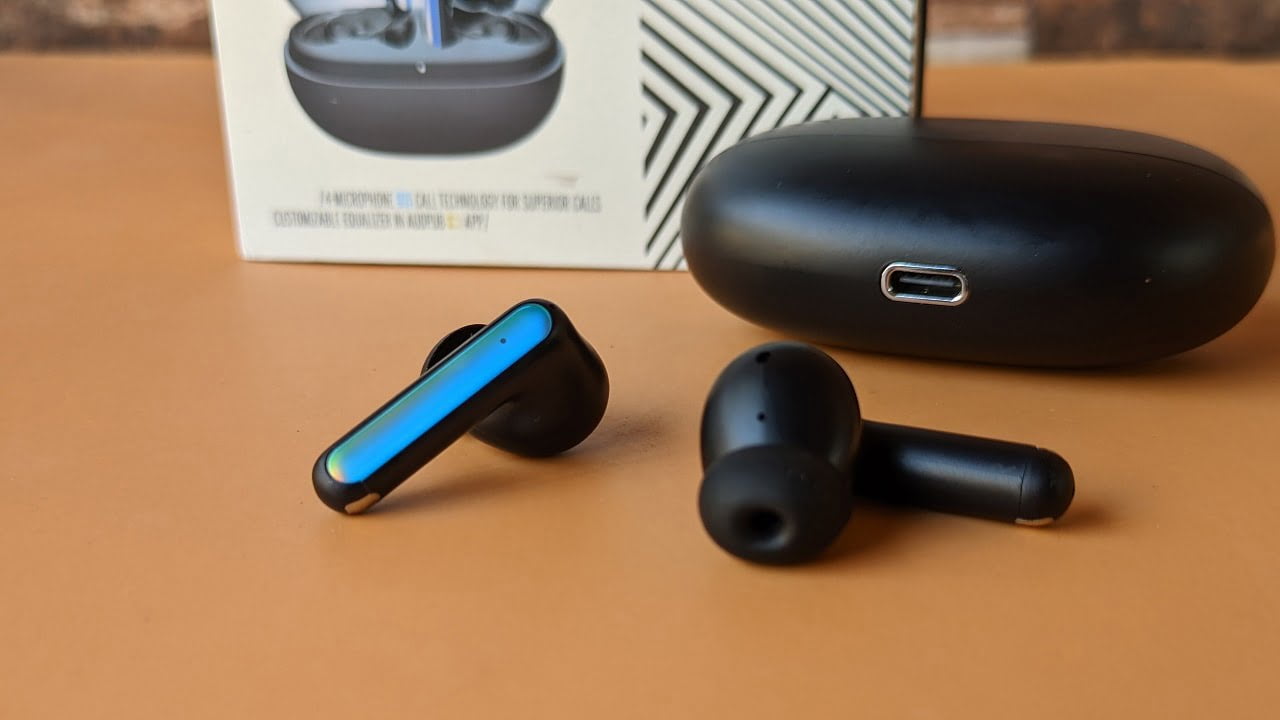
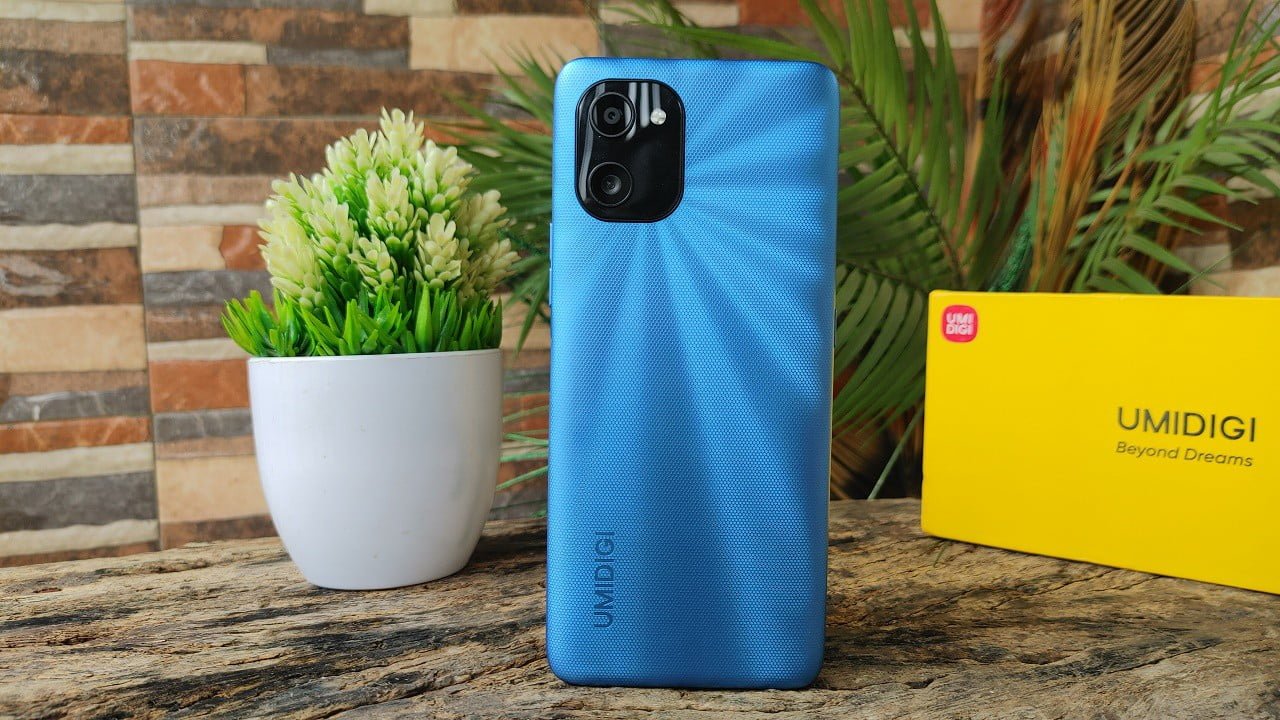
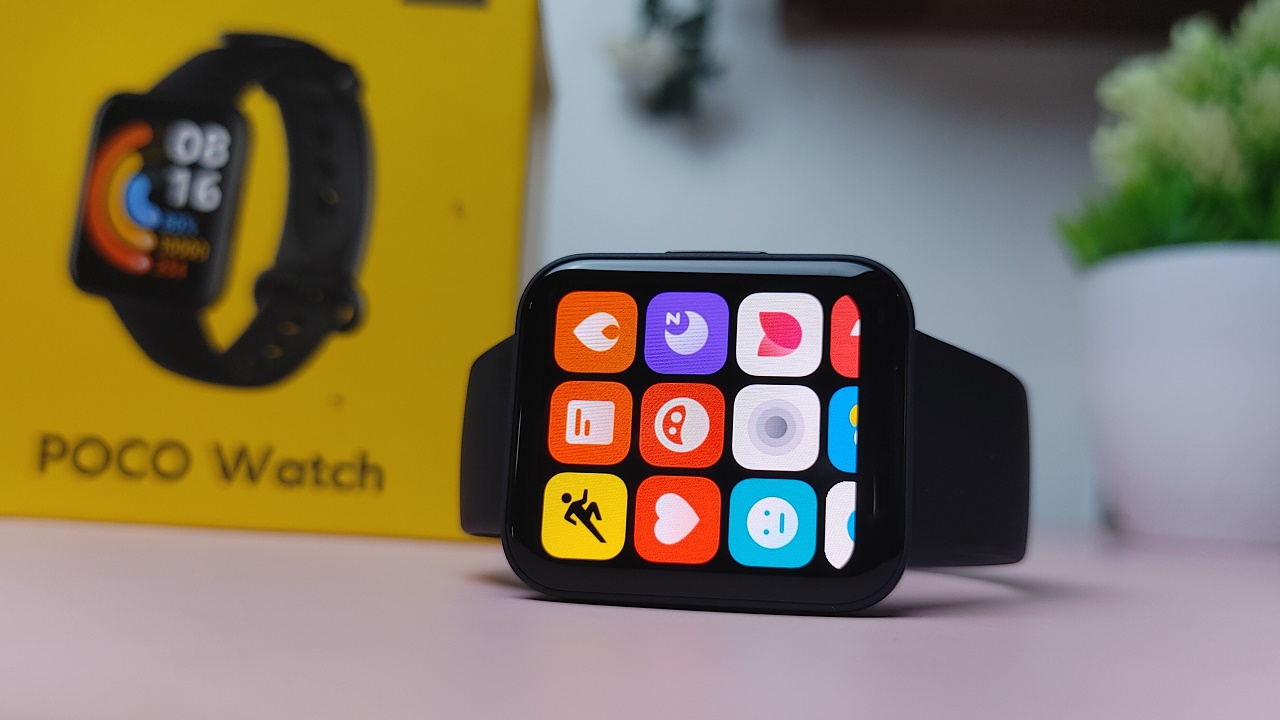
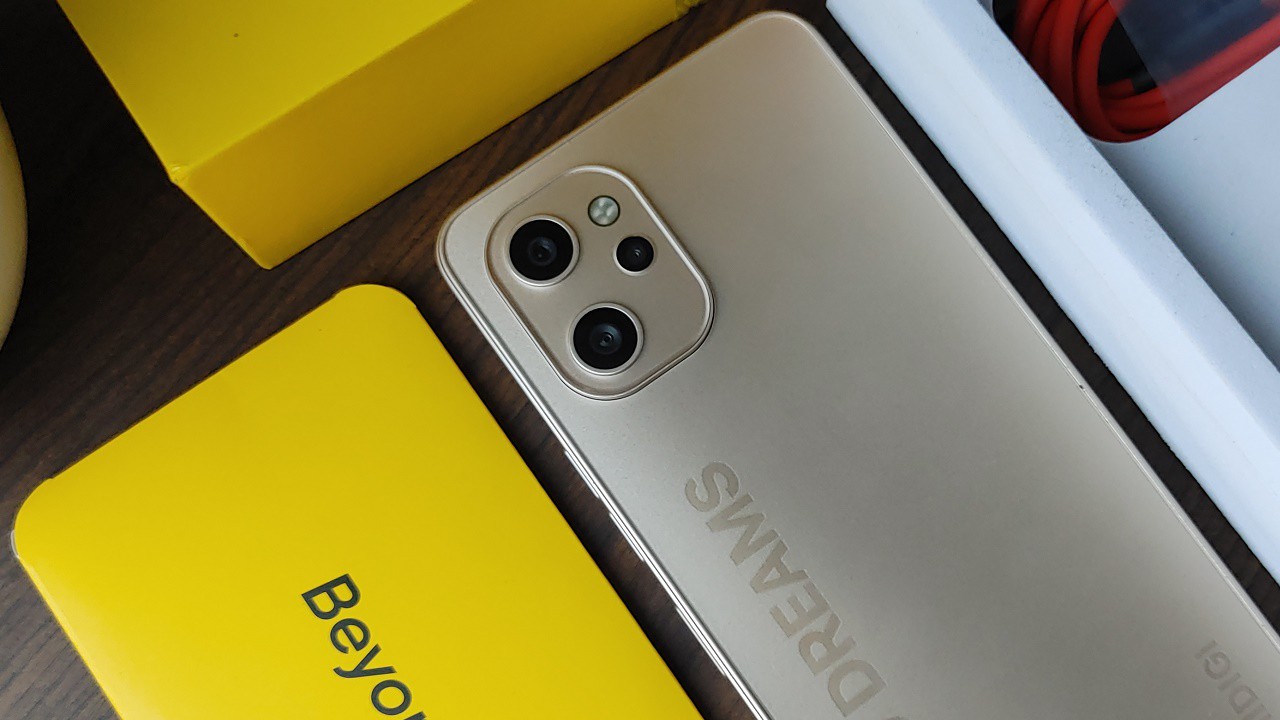
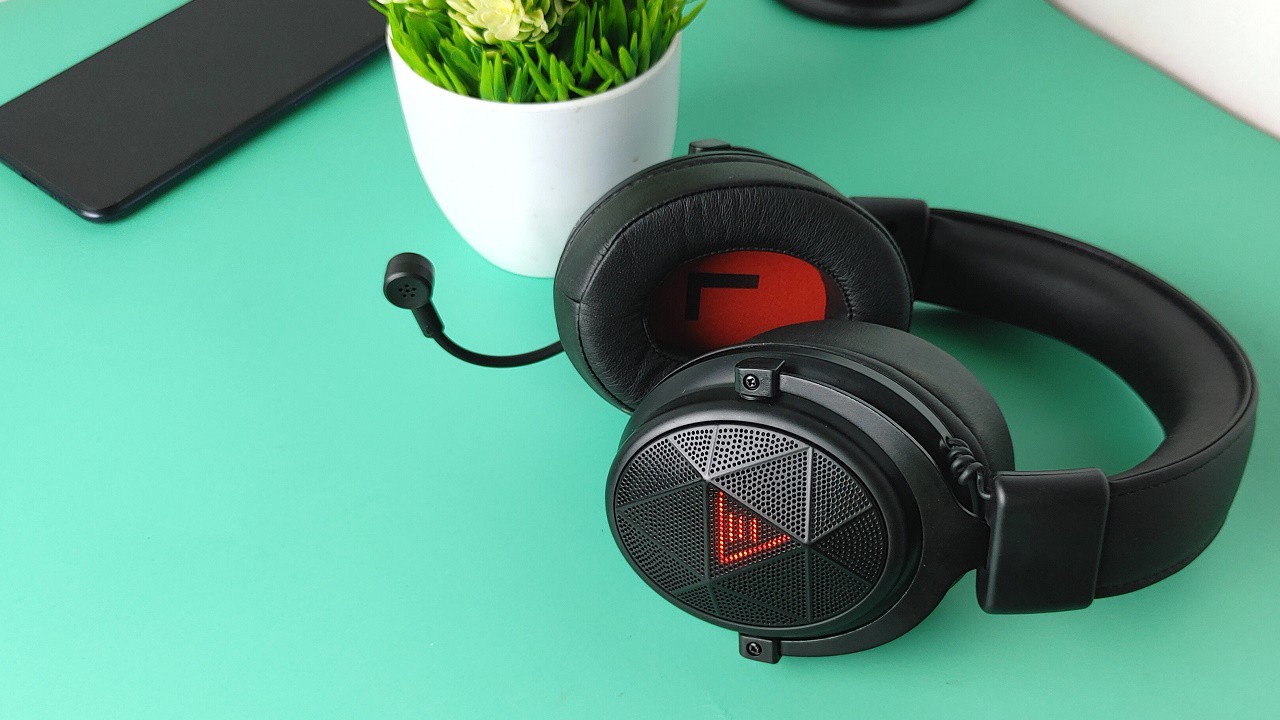
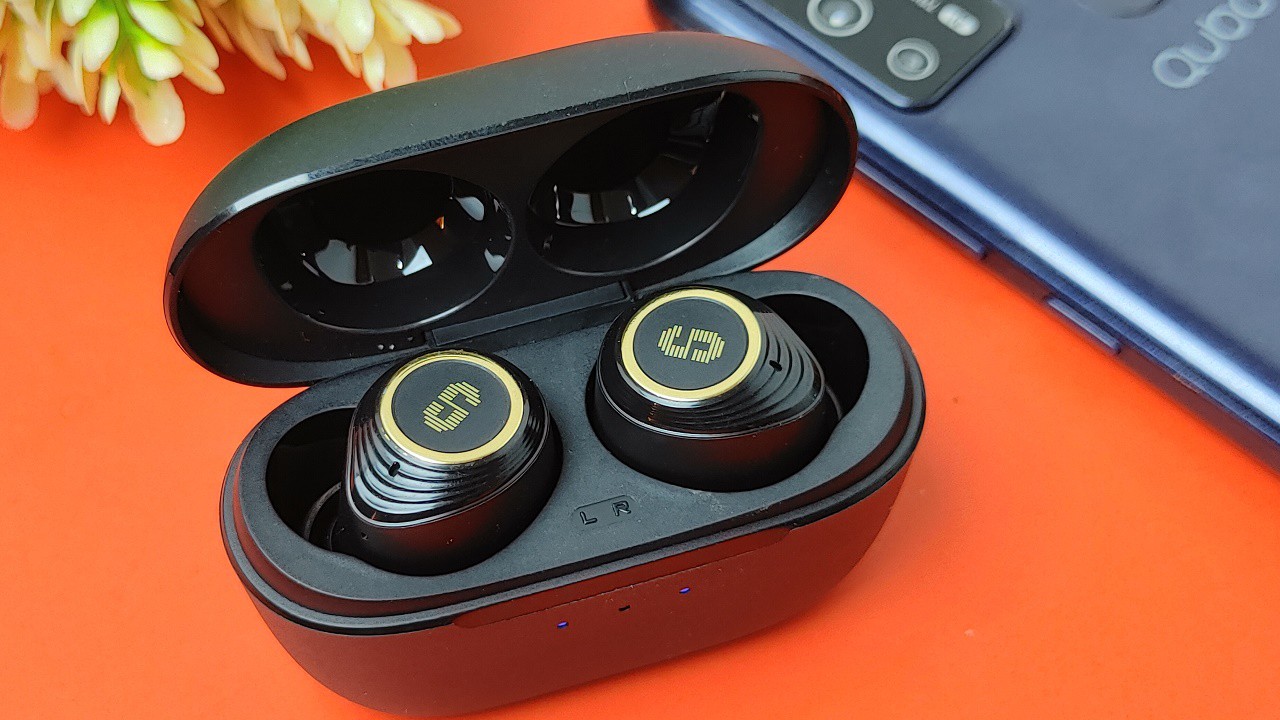
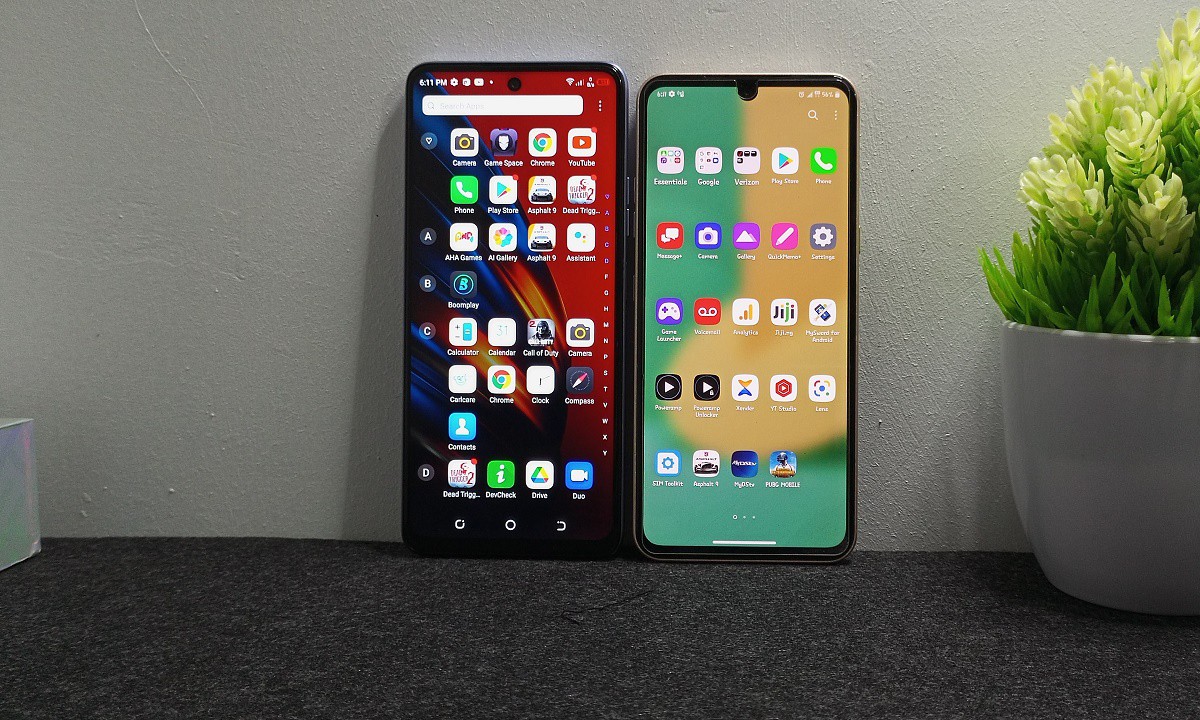

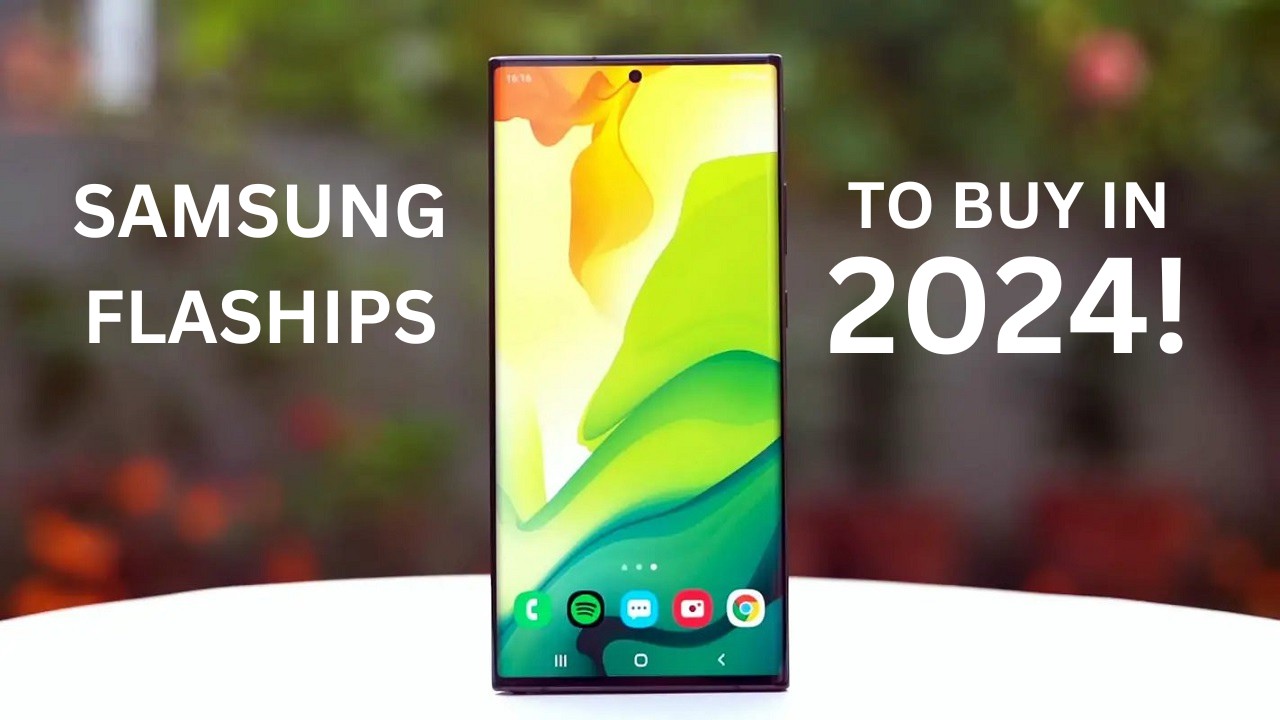
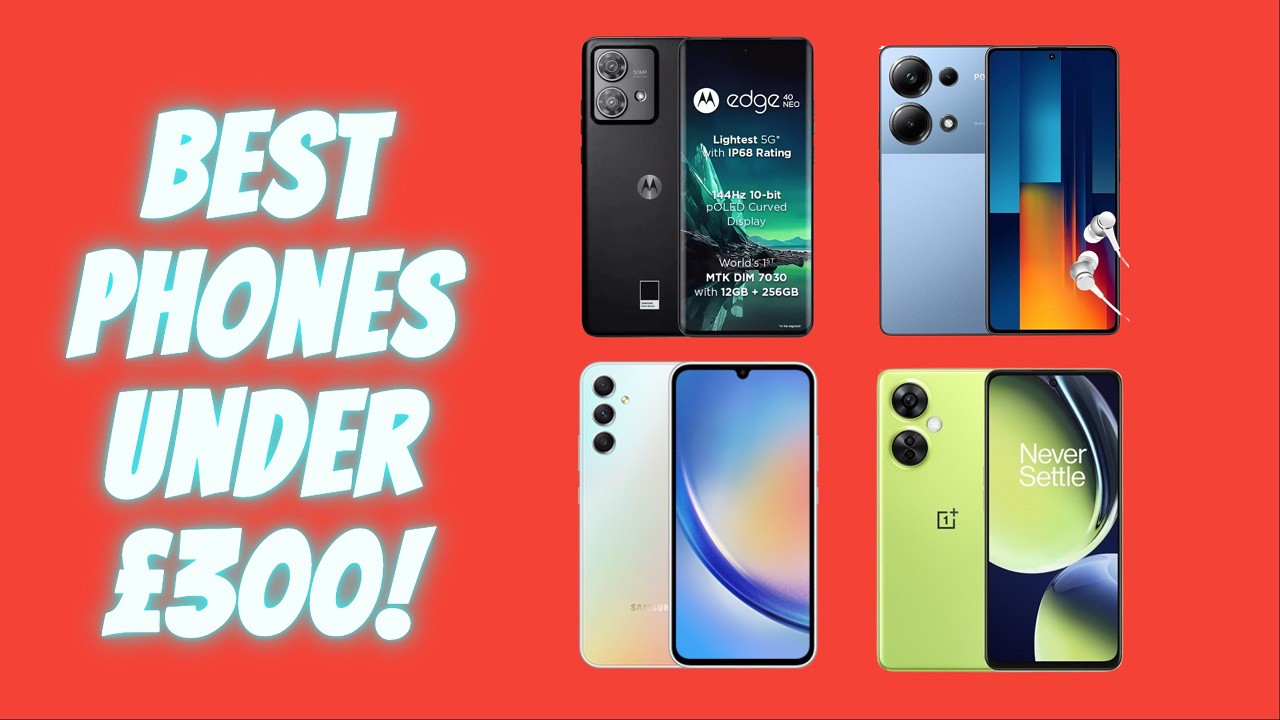

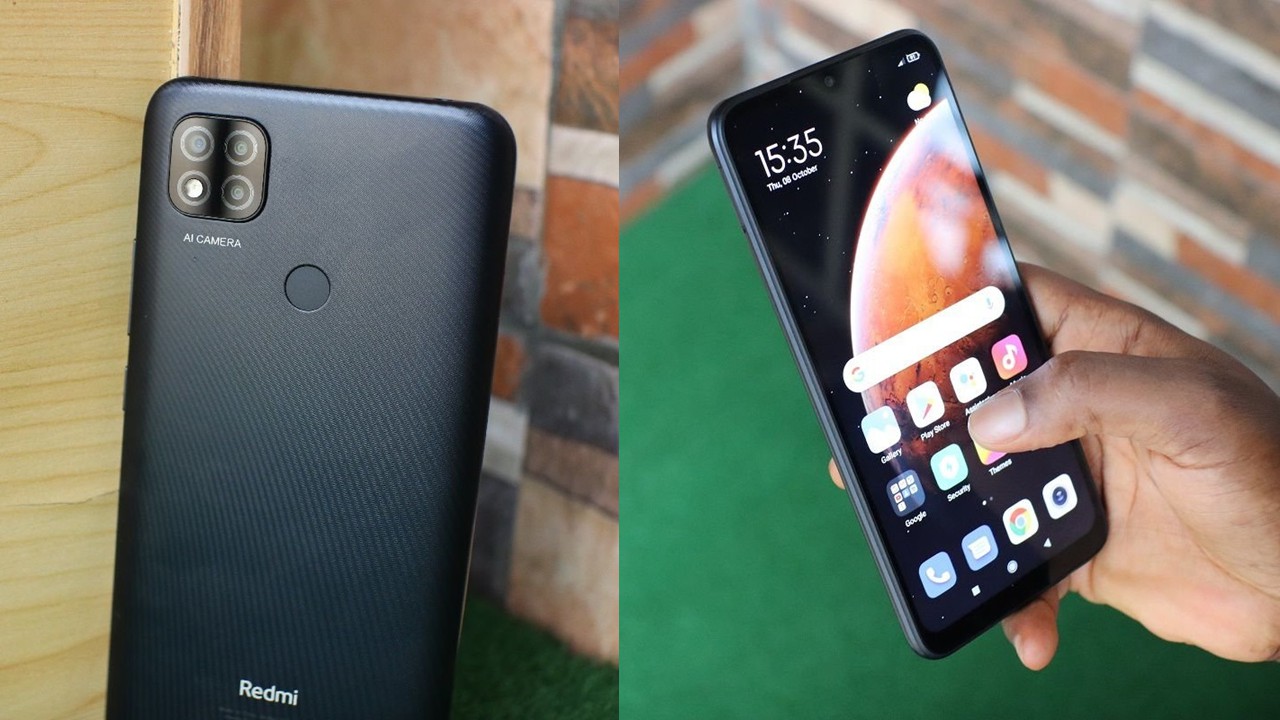
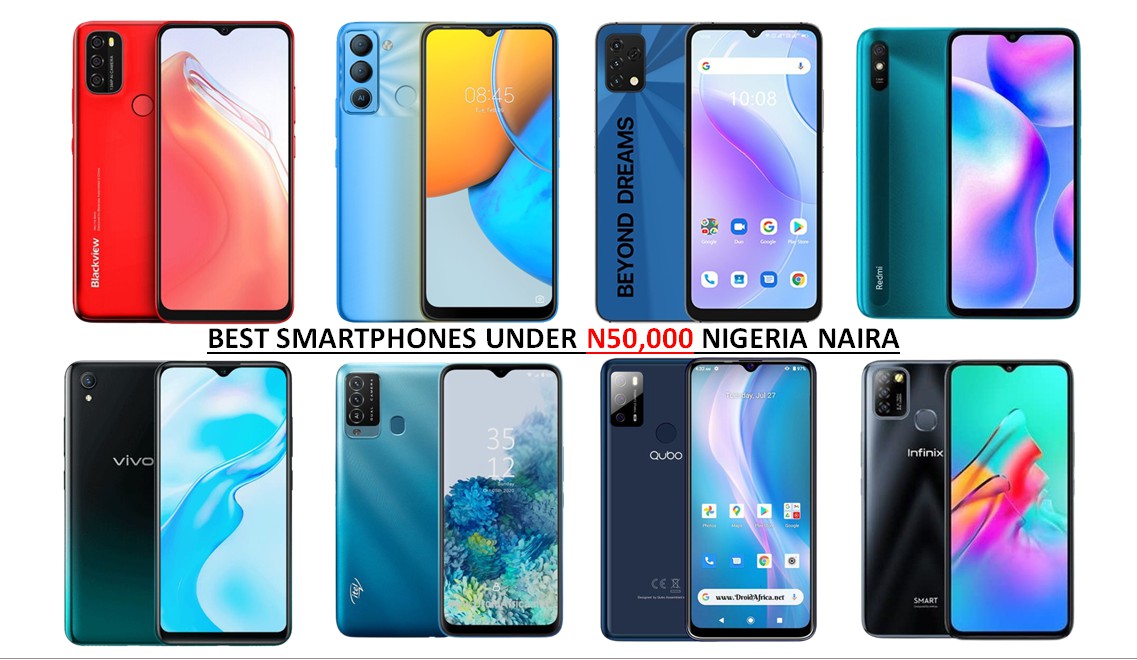
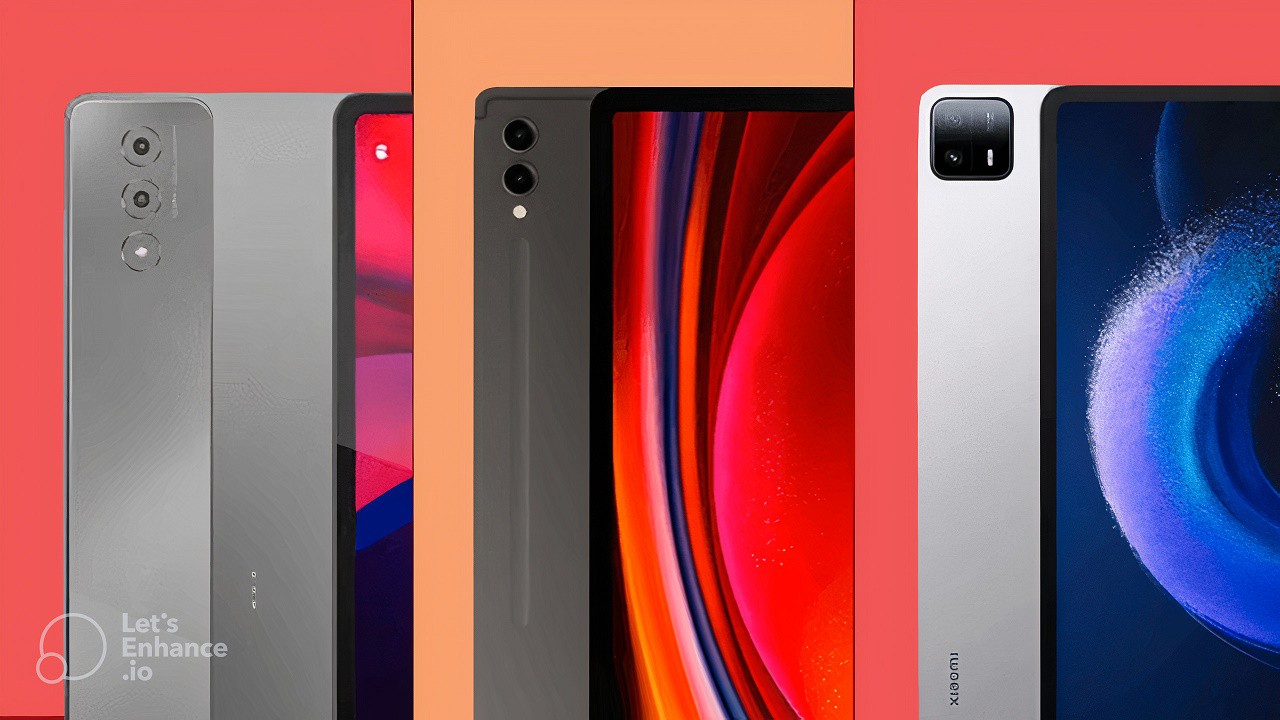
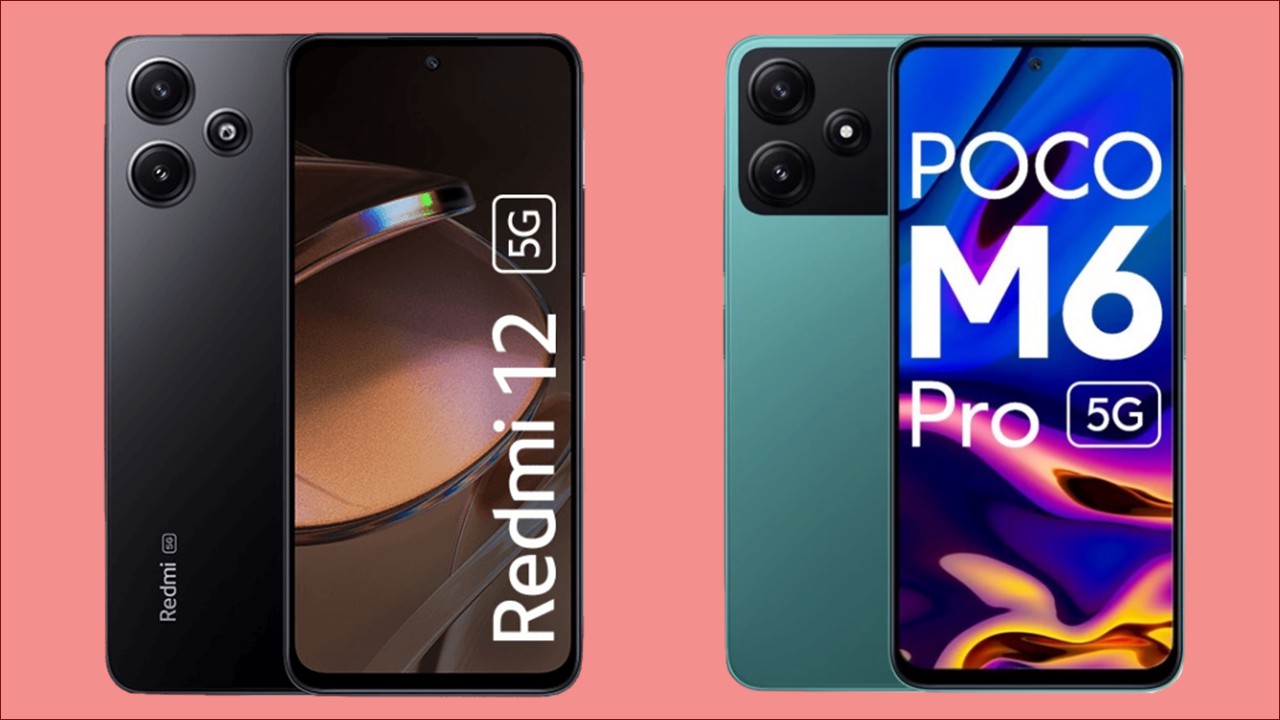
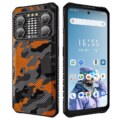
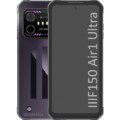
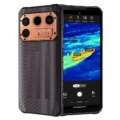


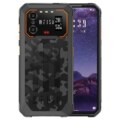
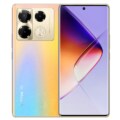
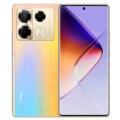
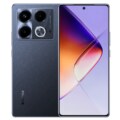
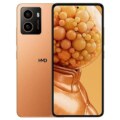
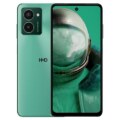


Leave a Reply